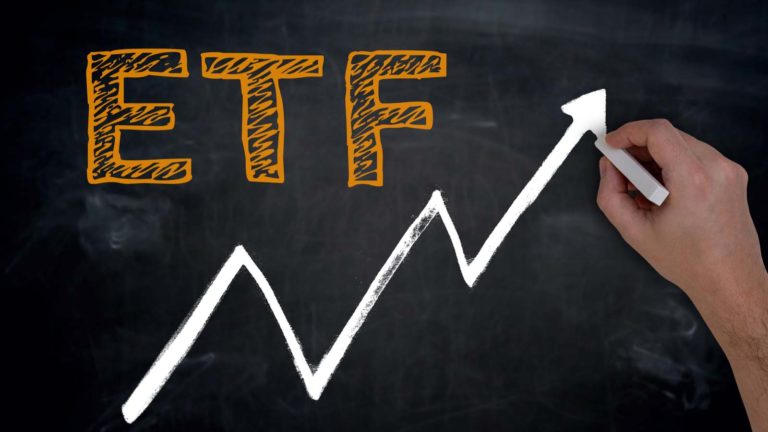With Brazil’s southernmost state, Rio Grande do Sul, underwater due to torrential rains caused by El Nino, global agriculture has never been more at risk. The most dramatic climate swings caused by El Nino primarily occur around the modulation of rainfall. Thus, regions typically relying on a minimum amount of rainfall to produce crops could experience droughts. Conversely, regions with plentiful rain for growing conditions may experience flooding that devastates farmland and rural housing.
Ultimately, investors with portfolios heavily specialized in one agricultural commodity or region could suffer significant losses during an El Nino event. While trading farming stocks and food commodities gives investors more freedom of choice, exchange-traded funds (ETF) can help dilute risk. Even better, for investors who trust in the long-term stability of the agricultural industry, ETFs can allow for buying several interrelated plays as one bundle.
As such, here are some agriculture ETFs to buy to help your portfolio weather the storms of El Nino.
Invesco DB Agriculture Fund (DBA)

The Invesco DB Agriculture Fund (NYSEARCA:DBA) tracks changes, both positive and negative, in the level of the DBIQ Diversified Agriculture Index Excess Return, to which it then adds the interest income of DBA’s holdings. This income is calculated as the fund’s U.S. Treasury securities added to the fund’s market income minus its expenses. Though that sounds complicated, it essentially makes the fund a cost-effective and convenient way to invest in a wide variety of commodity futures.
In turn, this helps diversify and displace the risk of commodity investing across several different components within the DBA ETF. Considering that the ETF’s commodity composition is 23.8% cocoa, 11.6% coffee, 10.8% cattle and 10.3% corn, more than 56% of the fund either benefits from El Nino or dampens its effects.
That’s because El Nino causes warmer winters in the U.S., leading to more productive cattle ranching, and better corn production. Conversely, it causes heavier rainfall in South and Central America, which, depending on the region, can either raise the price of cocoa and coffee due to flooding or raise the price of corn due to soybean crop destruction, as corn can be used as a feed alternative to soy.
DBA has an expense ratio of 0.85%, or $85 annually per $10,000 invested.
Teucrium Corn Fund (CORN)

If you’re bullish on corn futures in particular due to El Nino, then the Teucrium Corn Fund (NYSEARCA:CORN) should be on your list of agriculture ETFs to buy. The reason for this is twofold. First, since El Nino’s most drastic effects are in South America, corn production in North America remains relatively stable. Second, during this year’s flooding of Rio Grande do Sul, Brazil, the destruction of soybean crops and stores could result in a price spike for corn commodity futures.
That’s because corn can replace two of the major applications of soybean. This is a result of the fact that soybean’s primary use is as feed for animals and a neutral oil base, which corn can backfill the application of as well. Furthermore, corn can replace sugarcane in fuels and sweeteners which has also seen decreased yield due to El Nino. With an increased demand for corn, its price is likely to rise, leading to a strong opportunity for investors.
But note that the CORN ETF has an even steeper expense ratio – a full 1%, or $100 annually per $10,000 invested.
Teucrium Soybean Fund (SOYB)

Strictly a short-term play, the Teucrium Soybean Fund (NYSEARCA:SOYB) could provide an alternative opportunity to corn futures for the same reasons mentioned above. With price tied to supply, it’s important to keep an eye on the crop’s top producers. Here, Brazil becomes relevant again because it is the world’s largest exporter of soybeans, accounting for 50% of the global supply.
With El Nino’s havoc causing historic flooding in the country’s most productive regions, soybeans could see a price spike once the damage to their crops and stores manifests. Thus, investors should take advantage of the current dip in soybean prices by investing in soybean futures. A short-term spike could result in generous profits before the crop stabilizes in the long term.
Moreover, with the U.S. accounting for 36% of global soybean exports, a warmer North American winter could help compensate for Brazil’s losses through increased yield. As such, the SOYB ETF, which also has an expense ratio of 1%, is among the agriculture ETFs to buy now while the commodity prices are right.
On the date of publication, Viktor Zarev did not have (either directly or indirectly) any positions in the securities mentioned in this article. The opinions expressed in this article are those of the writer, subject to the InvestorPlace.com Publishing Guidelines.
